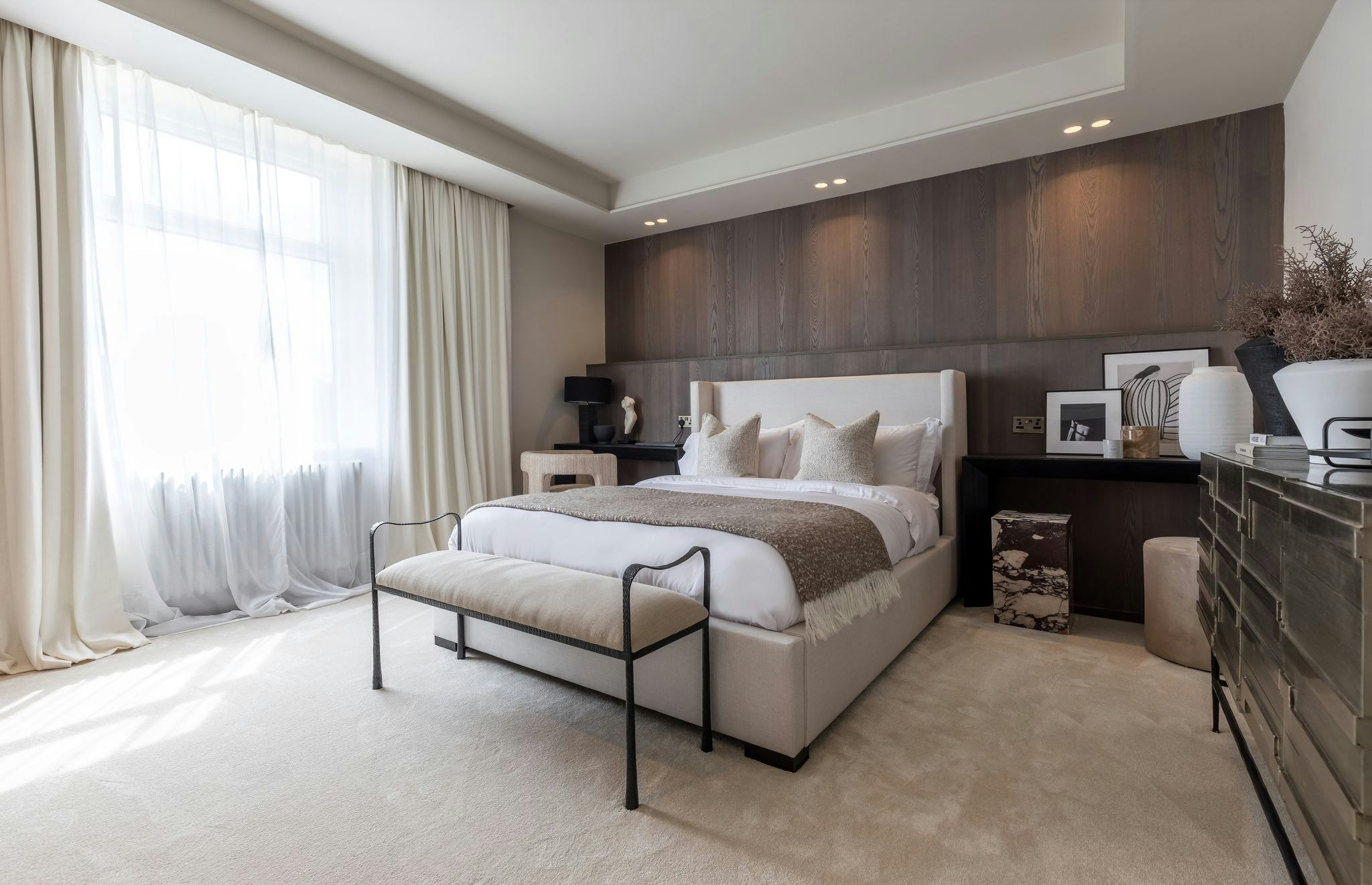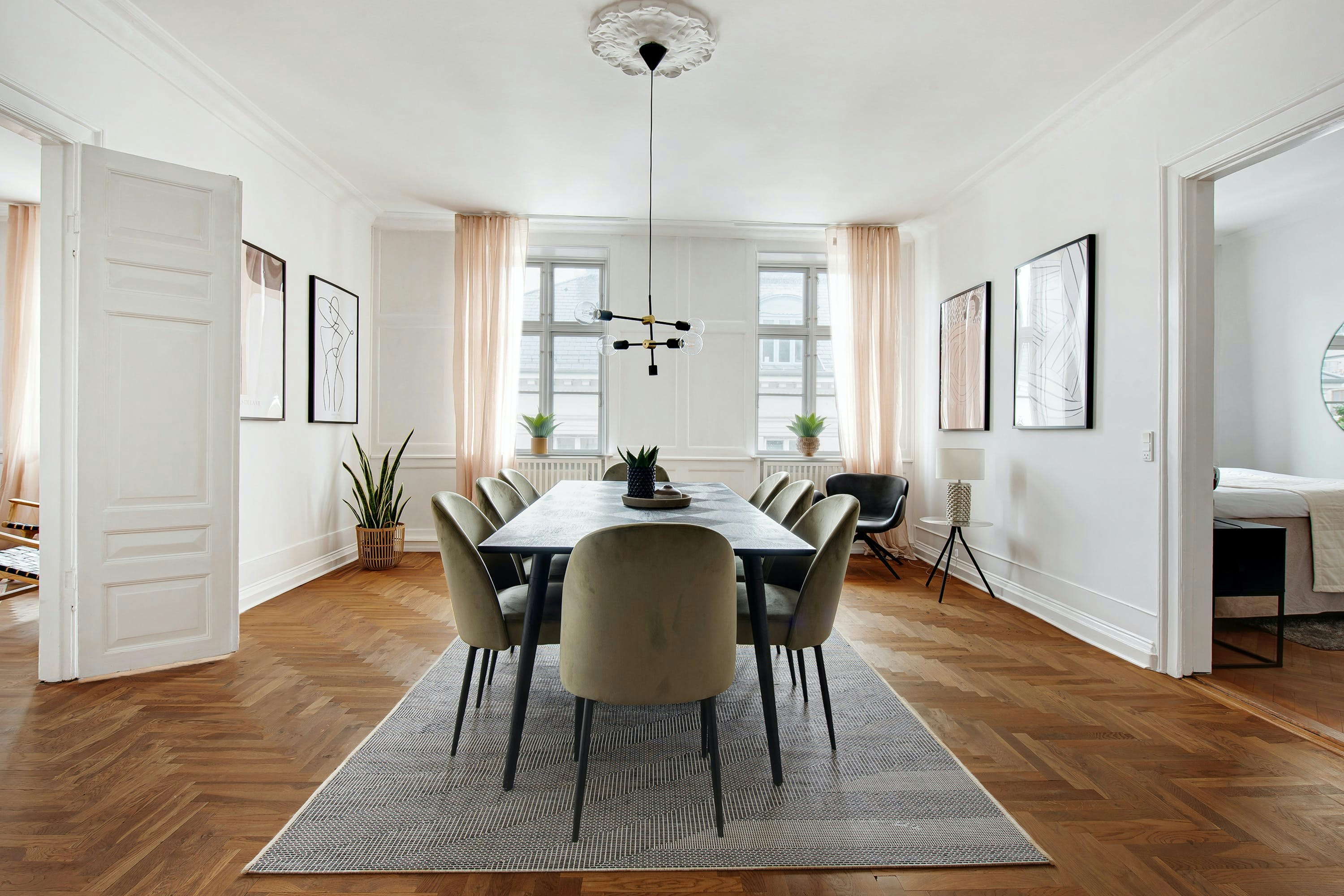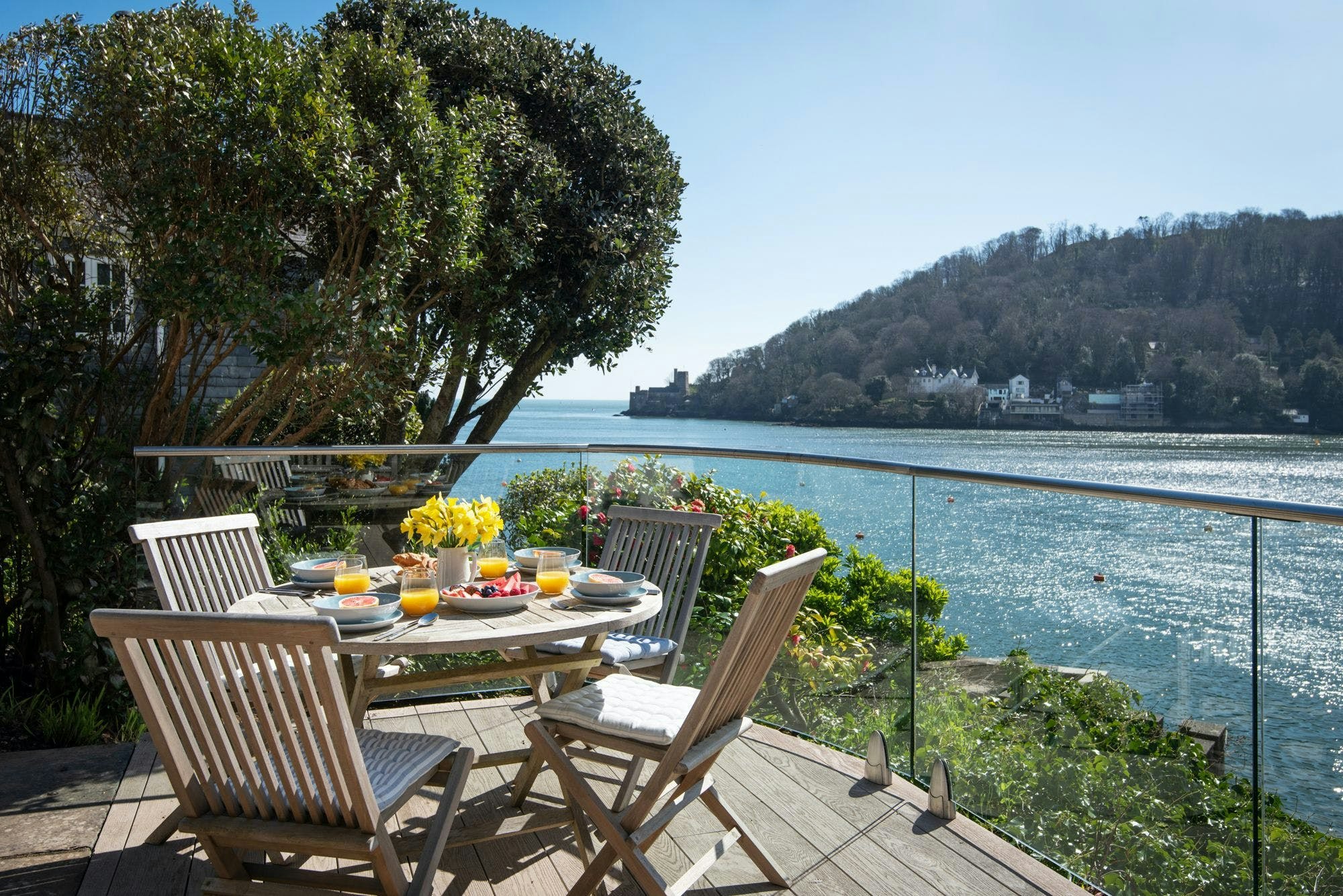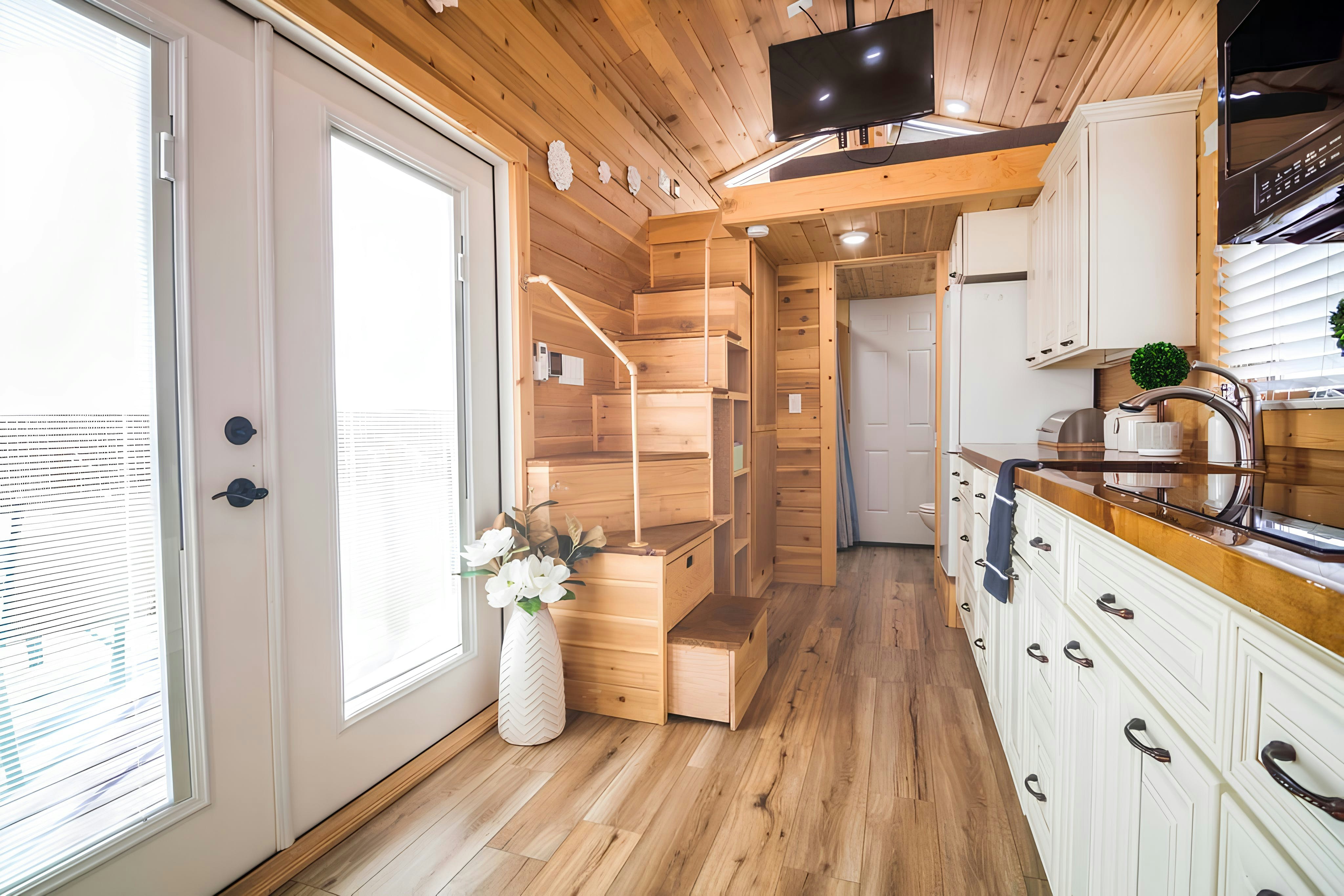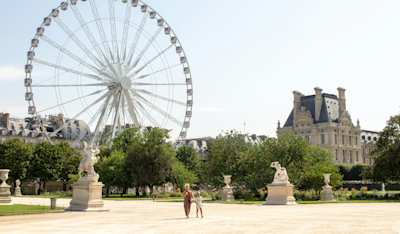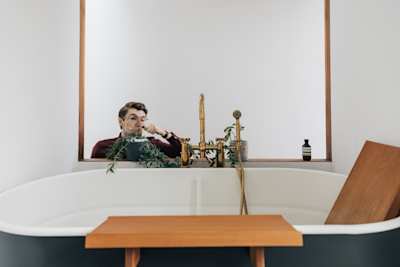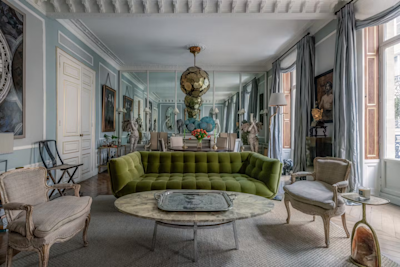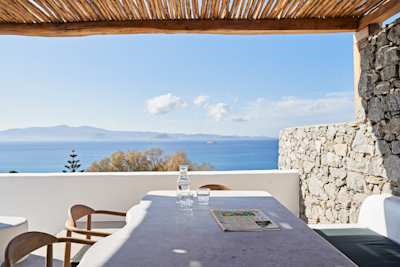Is This the World's Most Popular Chair?
The Wishbone chair's classic frame and organic simplicity made it an instant icon.
~
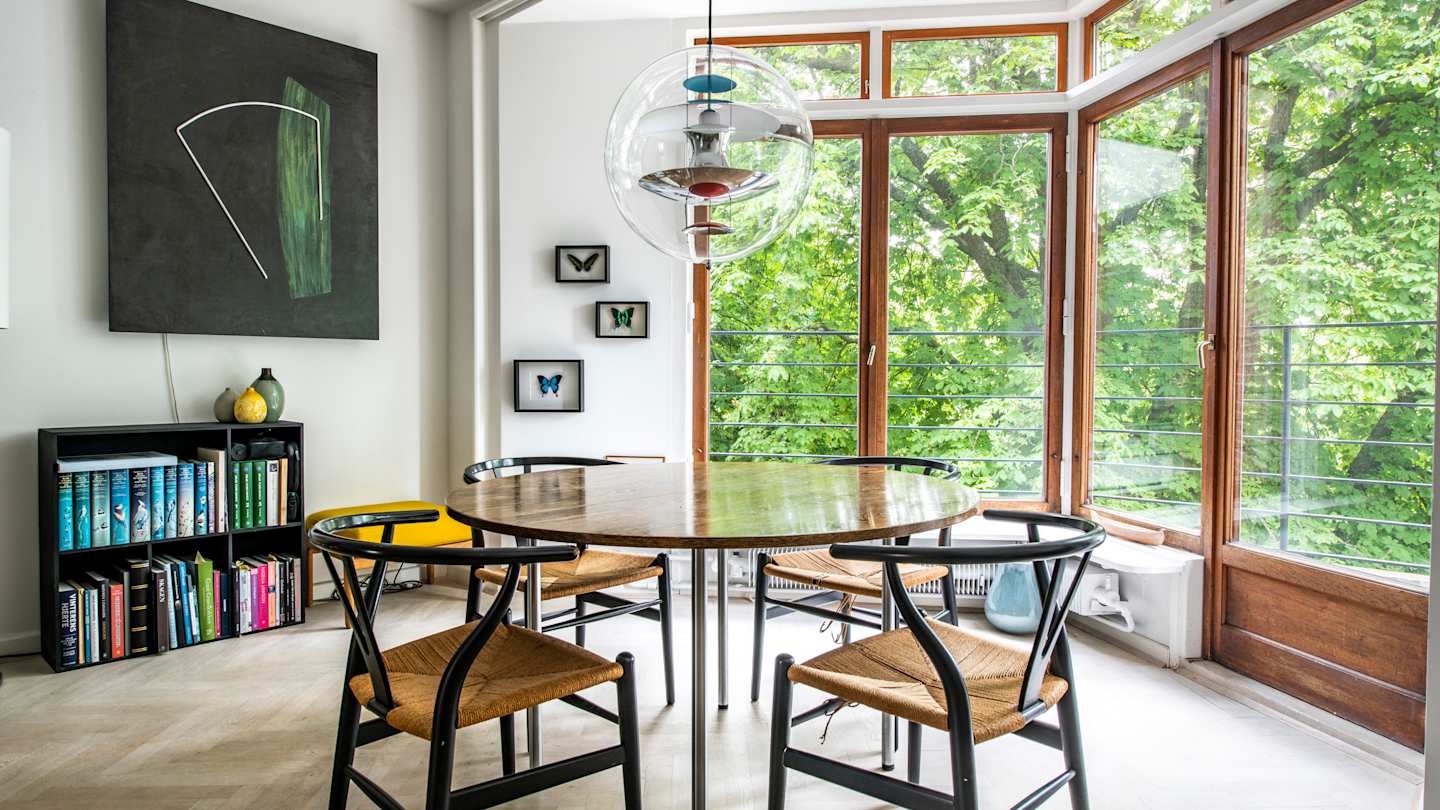
With its soft curves, Y-shaped back support (the inspiration for the name), and the way it merges form and function, the Wishbone chair is an easily recognisable design. Cherished by young and old, the classic frame and organic simplicity made it an instant icon in Danish homes. Its ageless nature has, however, also made it a staple in the modern home from New York to London, from Paris to Copenhagen.
Drawing on inspiration from antique Chinese armchairs and armed with a philosophy that chairs should be beautiful from all angles, Hans J. Wegner created the Wishbone Chair in 1949. The furniture designer (also known as The Master of the Chair) designed over 500 pieces of furniture in his lifetime, of which about 100 went into production. The Wishbone Chair (also known by its other names, Y-Chair and CH24) has been in continuous production since 1950. Lauded for its simplicity, exceptional craftsmanship and Danish wood-work tradition, an estimated 25,000 chairs are sold every year. Wegner is also recognised for his innovative and prolific additions to mid-century Danish design, but he probably had no idea that his design would be as up-to-date seventy years after its original release.
Clerkenwell Cooperage, LondonClerkenwell Cooperage effortlessly mixes light and dark, delicate craftsmanship and vibrant nature. We love the unique combination of Wishbone chairs and the antique chandelier, who knew that two ends of the spectrum would look that good together? The vertical garden and light wood also make us think of Scandinavian forests – the perfect allusion to Wishbone’s Nordic heritage.
Wishbone, ParisNamed after the famous chair, this Paris home features a series of eye-catching examples of the Wishbone chair. As it’s so simple and elegant, it’s never really in danger of overpowering a room, it only enhances the sculptural beauty of the space. We love when Wishbone is paired with bolder elements like this extraordinary staircase, giving it the edge it deserves in a contemporary context.
Full House, NYC, it is both a design statement and an everyday object that’s made to be used – an integral principle of the Danish furniture tradition.
Age of Aquarius, Copenhagen for a classic-meets-personal look that never ceases to impress us.

